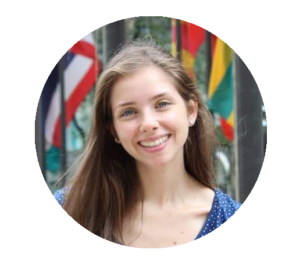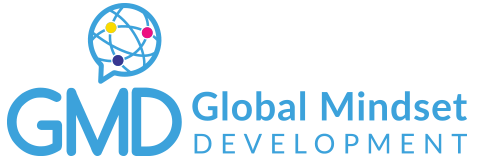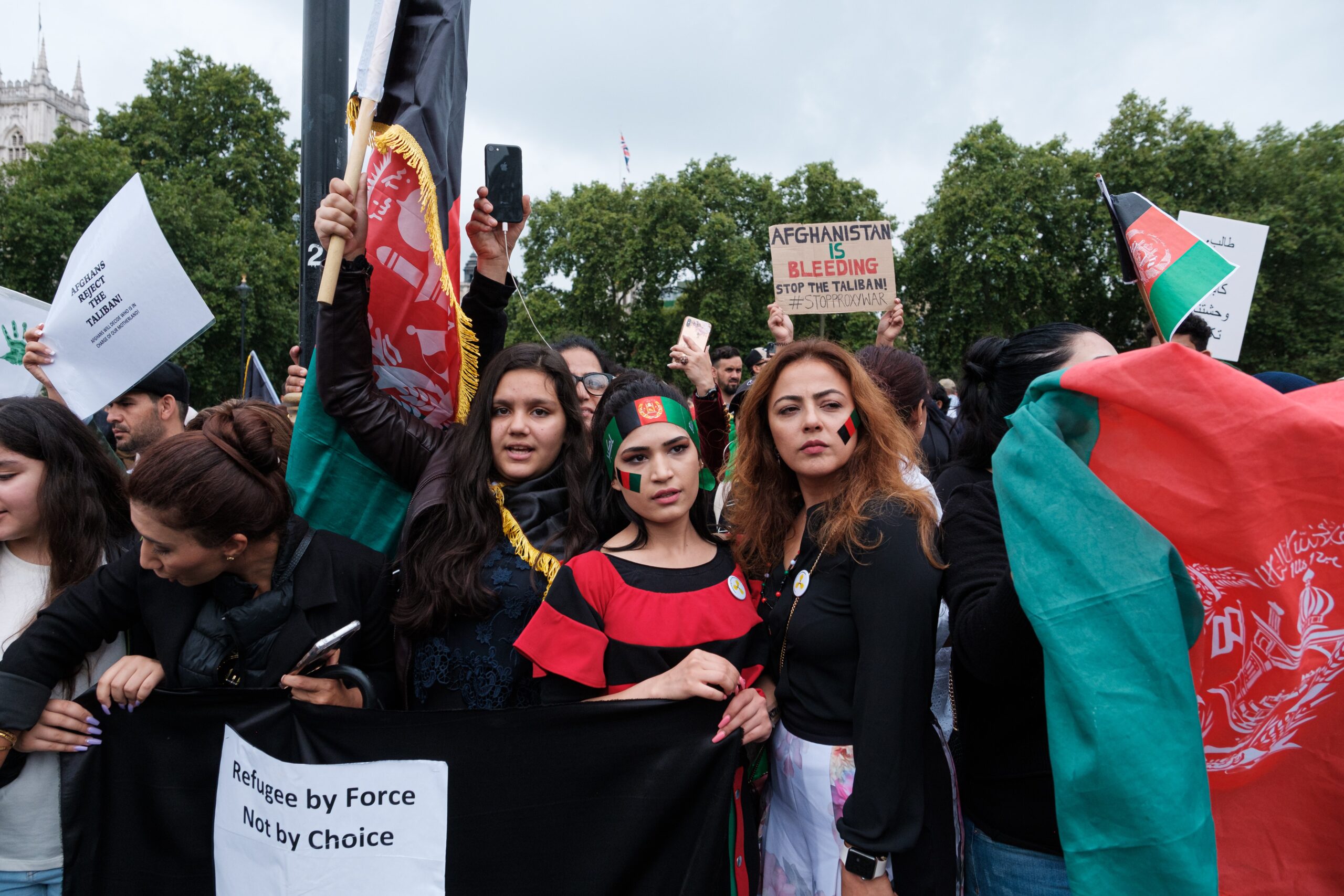What do you know about Afghanistan?
It’s been more than a month now that Afghanistan is in the spotlight experiencing dramatic days since the moment the Taliban seized control of the country.
What do you know about Afghanistan?
Today we are not here for a history lesson, but it is important to understand, and be aware of what is happening in Afghanistan. Knowledge is the only way to prevent future and further catastrophes.
I was only a 2 old-baby when the Twin Tower collapsed, and the USA invaded Afghanistan promising a land of freedom and democracy. Back then, I did not know much about the country or its ethnic composition, but even in the recent past I did not know so much about the country or the life that the women and men have been living there for over 20 years.
But I am a curious person. I started looking to increase my knowledge and looking for books and studies which gave me a broad picture of the country as well as of the days that Afghan citizens lived and (unfortunately) are going to live again.
This is just a starting point, and it is sad to think that the worst might be yet to come.
So… where to start?
AFGHANISTAN’S ETHNIC DIVERSITY
It could happen that a country with different ethnic groups encounters disputes and the ethnic mosaic in Afghanistan has indeed been at the center of politics and conflicts for more than a century. There are a dozen ethnicities recognised by the Afghan constitution of 2004, the one which also highlights equal rights for women and men. Even nowadays, these groups seem to be playing a huge role in the formation of a new government headed by the Taliban.
Have you ever heard about the Pashtuns?
They are the biggest ethnic group of the country, making up more than 42% of the population. The group, which is predominantly Sunni Muslim and speaks the Pashto language, has dominated Afghan politics since the 18th century. And the Taliban who controlled the country till 2001 were Pashtuns.
Geographically speaking, they are based in the South and East of the country, and their position has caused problems with the other groups because of political, economic and cultural marginalisation.
Among the other groups making up Afghanistan’s ethnic mosaic, there are the Tajiks, the second-largest group. They speak a dialect of Farsi (Persian Language) called Dari, also the lingua franca of Afghanistan.
Predominantly the group is distributed in the North and West of the country, with strongholds in the Panjshir Valley. (this area is famous for resisting occupation by the Soviet military regime and the first Taliban regime)
Based in the North of the country, there are the Uzbeks who are also, mainly, Sunni Muslims.
Another important group in Afghanistan is the Hazara who are believed to have origins in Central Asian and Turkey. They make up only 10% of the population, and they are based in the central region of Afghanistan. This last group especially has been the target of oppression and discrimination for their ethnicity and religion. In addition, they also suffered massacres across various Afghan governments and in recent decades especially under the Taliban who labeled the Hazara as heretics.
THOUSAND SPLENDID SUNS
The book I decided to read to know more about Afghanistan and its culture(s) is “Thousand Splendid Suns”, an ambitious, brave, and compelling novel written by Khaled Hosseini. The author also wrote the Kite Runner, and The Mountains Echoed. In Thousand Splendid Suns, he gives voice to the pain and inner hopes of two poor, uneducated women. Mariam and Laila, born in different circumstances but who share the same problems. He is able to catch the details of what it means to live in a country where people struggle to survive.
Each page of this book describes the horrors and terrors that a lot of women have gone through during certain times in Afghanistan. But sadly, this is not something related to Afghan society, exclusively. It also happens in many other countries, cases of unhappy abusive marriages, oppressive governments, and repressive cultural beliefs. Just to give some examples.
It is worth mentioning the meaning of the title which originates from a poem, Kabul, written in the 17th century by Saeb-e-Tabrizi. The title of the novel encompasses the beauty of Afghanistan and its cultural achievements.
“One could not count the moons that shimmer on her roofs
And the thousand splendid suns that hide behind her walls”
BEING A WOMAN IN AFGHANISTAN
A woman wants to be free as a kite in the sky
Since the day the Taliban took control of Afghanistan, I felt the pressing need to know more about the country, and its enigmatic culture (so different and “far” from mine), but most in particular about the real meaning of being a woman in a country like Afghanistan. We know the Taliban for violating any type of human right, especially towards women and girls. Under the Taliban regime, being a woman was (is) a nightmare and a complete curse.
Afghan women and girls have made great gains in the past 20 years. School enrollment rose while infant mortality fell. However, in the educational field, an estimated 3.7 million children are still out-of-school in Afghanistan. 60% of them are girls. We all know that education is the key in order to become an active citizen and to know about who you are and who you want to become.
School is the place where you grow educationally and morally. You start daydreaming about your future and the world inside and around you.
Women had the right to work, study, and be an active part of the country but the family still had huge control over the life of a woman. With the return of the Taliban then schools were forced to close. Obviously, an educated woman can be a threat. We all know that books and pencils are “the most powerful weapons”.
The Afghan Constitution entered into force in 2004. The aim was to protect young girls from forced-early marriage and other practices that violate what we would call “freedom”. Families prefer respecting “their” traditions rather than the new provisions. Despite this latter, there is still a high percentage of coerced early marriages (around 60%-80%).
THE QESSA ACADEMY
During these 20 years, many international and innovative realities have emerged in Afghanistan. The Qessa Academy is one of these.
How powerful a story can be? How many times do you find yourself in a story that maybe your grand-mother told you? Selene Biffi knew it very well.
The work of this Italian social entrepreneur was focused on youth empowerment and education. In 2009 when she went to Afghanistan as a volunteer for the United Nation, she fell in love with Kabul. However, the high rate of uneducation was something that she could not ignore. Thanks to the Rolex Award for Enterprise, she founded the Qessa Academy with the aim of preserving and promoting traditional Afghan folk tales and oral heritage. During the recent crisis, Selene was also able to help and save some of her ex-students that arrived safely in Italy, looking for starting, once again, a new and – we hope – better life.
Our past is our strength, and without it we cannot see the future with some hope for better days.
#GMDsupportshumanrights
Rosaria Di Maggio 


